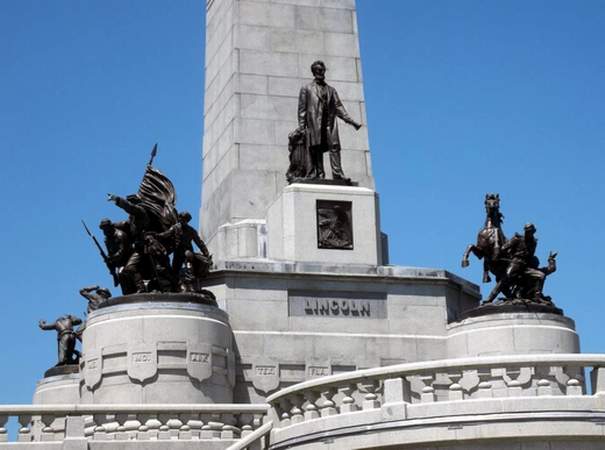The Lincoln Tomb, located in Oak Ridge Cemetery in Springfield, Illinois, serves as the final resting place for Abraham Lincoln, the 16th President of the United States, his wife Mary Todd Lincoln, and three of their four sons: Edward, William, and Thomas. This historic site, owned and administered by the State of Illinois, stands as a testament to the legacy of one of America’s most revered leaders.
Statues and Monuments
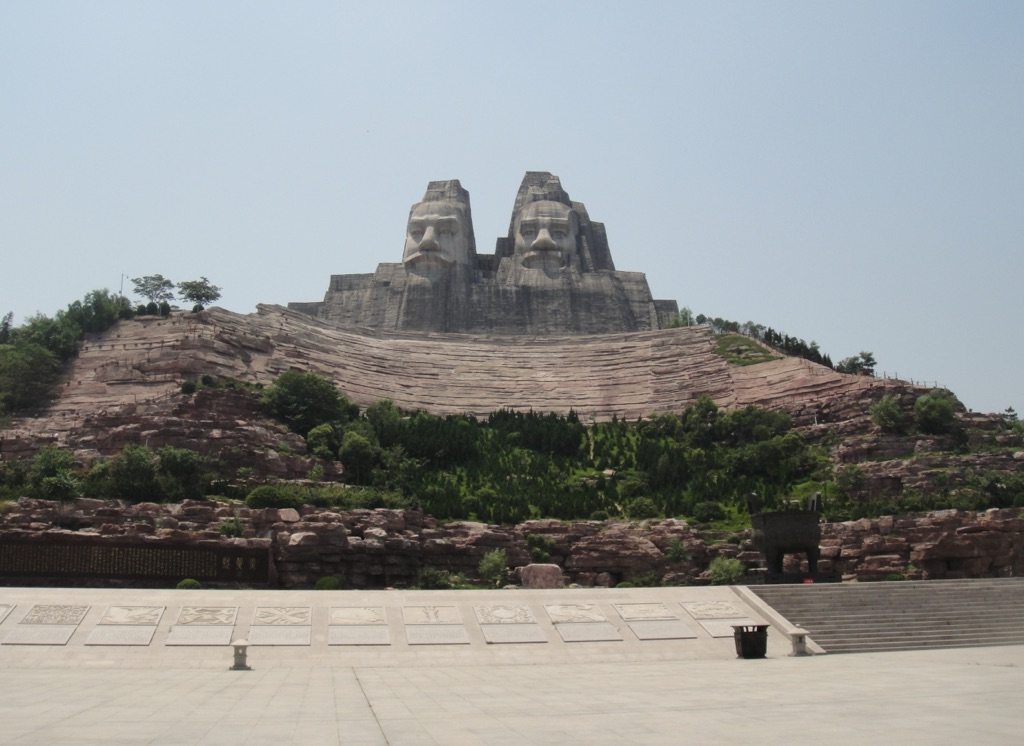 Statues and monuments have served as pivotal elements in human history, embodying the cultural, political, and social ethos of their times. These structures, ranging from the colossal statues of ancient deities to the intricate relief carvings found in medieval cathedrals, have been instrumental in commemorating significant events, venerating deities, and celebrating influential figures. The ancient Egyptians, for instance, erected monumental statues like the Great Sphinx of Giza around 2500 BC, not only as a testament to their architectural prowess but also as a symbol of royal authority and divine protection. Similarly, the Greeks elevated the practice of sculpting to honor their gods and heroes, with the Statue of Zeus at Olympia, crafted in the 5th century BC, being one of the most celebrated examples of ancient Greek sculpture.
Statues and monuments have served as pivotal elements in human history, embodying the cultural, political, and social ethos of their times. These structures, ranging from the colossal statues of ancient deities to the intricate relief carvings found in medieval cathedrals, have been instrumental in commemorating significant events, venerating deities, and celebrating influential figures. The ancient Egyptians, for instance, erected monumental statues like the Great Sphinx of Giza around 2500 BC, not only as a testament to their architectural prowess but also as a symbol of royal authority and divine protection. Similarly, the Greeks elevated the practice of sculpting to honor their gods and heroes, with the Statue of Zeus at Olympia, crafted in the 5th century BC, being one of the most celebrated examples of ancient Greek sculpture.
List of Statues, Monuments, Stele, Sculptures and Relief Carvings
The Evolution of Sculptural Techniques
The evolution of sculptural techniques over the centuries reflects the changing artistic styles, materials, and technological advancements of different civilizations. The transition from the stylized forms of ancient Egyptian sculpture to the realism of classical Greek art marks a significant development in the history of sculpture. The Greeks’ mastery of bronze casting and their innovative use of contrapposto (a technique where the figure stands with most of its weight on one foot) introduced a dynamic realism to sculpture. The Roman Empire furthered these techniques, adding a level of individualism and detail in their portraits that has rarely been surpassed. In the medieval period, relief carvings became a prominent feature of Christian art, depicting biblical scenes and saints on the walls of churches and cathedrals, showcasing the period’s intricate craftsmanship and religious devotion.
The Role of Stele and Relief Carvings in Ancient Civilizations
Stele (plural: stelae), upright stone slabs adorned with inscriptions or carvings, served as important historical records and commemorative monuments in various ancient civilizations. The Mesopotamians, as early as the 3rd millennium BC, used stelae to mark the graves of the deceased or to commemorate military victories. One of the most famous examples is the Code of Hammurabi, dating to around 1754 BC, which is one of the earliest and most complete written legal codes. Relief carvings, which involve sculpting images that project from a flat background, were also widely used in ancient Egypt, Assyria, and Persia to depict narratives of gods, kings, and battles on temple walls, palaces, and public monuments, serving both an artistic and a documentary function. 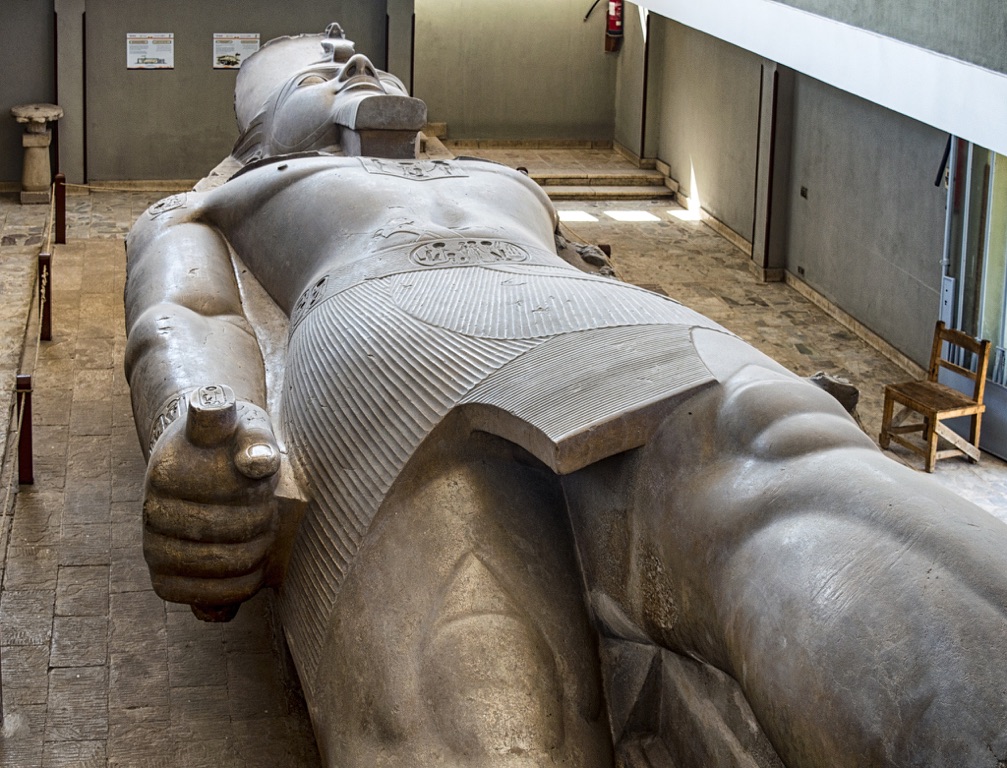
The Enduring Legacy of Historical Monuments
The enduring legacy of statues, monuments, and other sculptural works lies not only in their artistic merit but also in their ability to convey the values, beliefs, and historical narratives of the societies that created them. These structures continue to serve as a bridge to the past, offering insights into the technological capabilities, aesthetic sensibilities, and social hierarchies of ancient civilizations. Moreover, they play a crucial role in modern cultural identity and heritage, reminding us of our shared human history and the timeless nature of artistic expression. As such, the preservation and study of these monuments remain a vital aspect of historical scholarship, ensuring that future generations can appreciate and learn from the achievements of their predecessors.
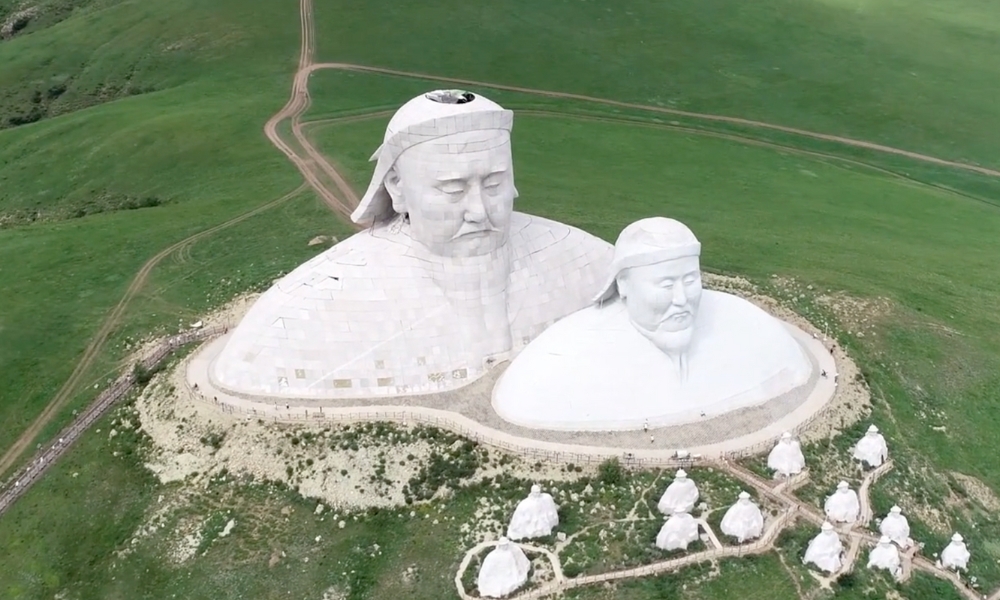
Khan Mountain (Holingol)
Khan Mountain, situated at the base of Guanyin Mountain in Huolin Gol City, stands as a testament to the grandeur and historical significance of the Mongol Empire. This site, spanning an area of 13,000 square meters, is not just a natural wonder but also a cultural heritage site that pays homage to two of the most influential figures in Mongolian and world history: Yuan Taizu Genghis Khan (1162-1227 AD) and Yuan Shizu Kublai Khan (1215-1294 AD).
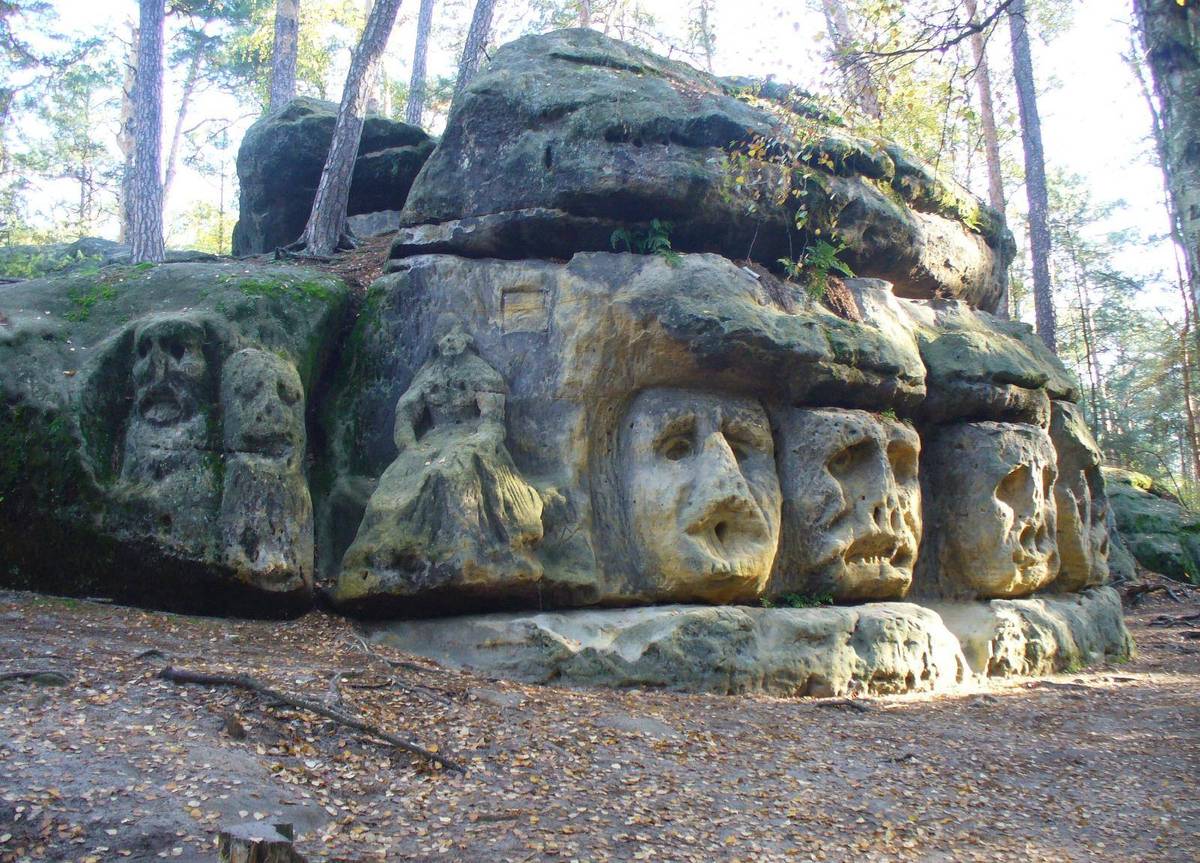
Harfenice Cave (Felsskulpturen Harfenspielerin)
The Harfenice Cave, along with its surrounding sandstone sculptures, stands as a testament to the creative genius of Václav Levý, a sculptor whose work has left an indelible mark on the landscape near Želízy and Liběchov. This blog post delves into the history and significance of these sculptures, particularly focusing on the Harfenice Cave, and situates Levý’s work within the broader context of 19th-century European sculpture.
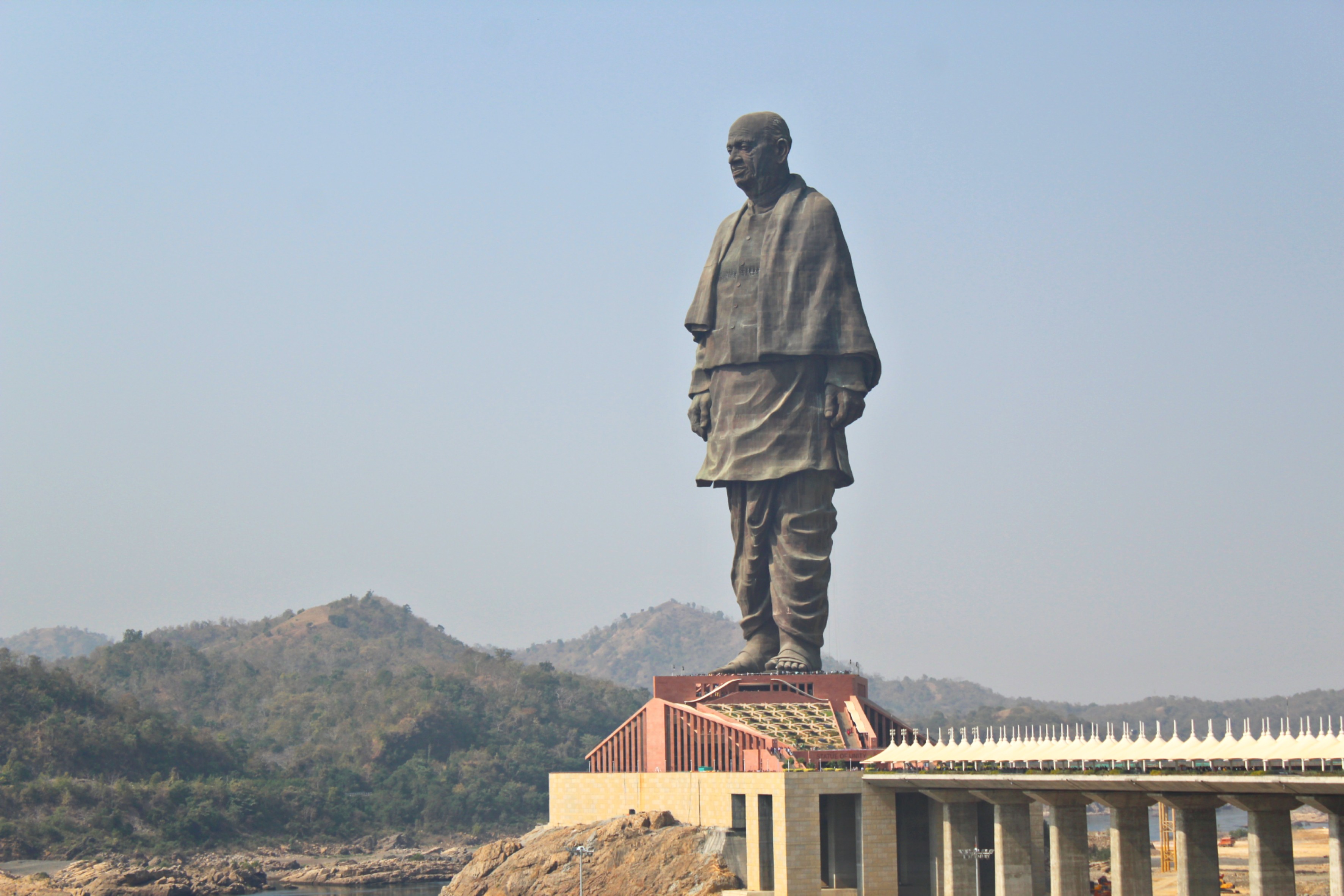
Statue of Unity
The Statue of Unity stands as the world’s tallest statue at a staggering height of 182 meters (597 feet), surpassing the previous record holder, the Spring Temple Buddha in China. Situated near Kevadia in the state of Gujarat, India, this colossal statue represents Vallabhbhai Patel (1875–1950), a key figure in India’s struggle for independence and the nation’s first deputy prime minister and home minister. Patel, also known as the ‘Iron Man of India,’ played a pivotal role in the political integration of the country, earning him a place of honor in India’s history.
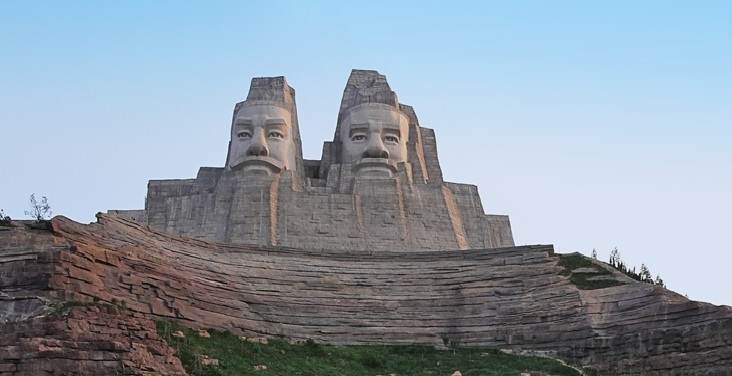
Sculpture of Emperors Yan and Huang
The sculpture of Emperors Yan and Huang stands as a monumental tribute to two of China’s mythical emperors, Yan Di and Huang Di. Carved directly into a mountain along the Yellow River, this impressive structure not only commemorates the rich history and culture of China but also showcases the country’s ability to undertake and complete grand architectural projects. Completed in 2007, after two decades of laborious construction, the sculpture has become a significant landmark in Zhengzhou, Henan province, reflecting both the political and economic aspirations of the People’s Republic of China.
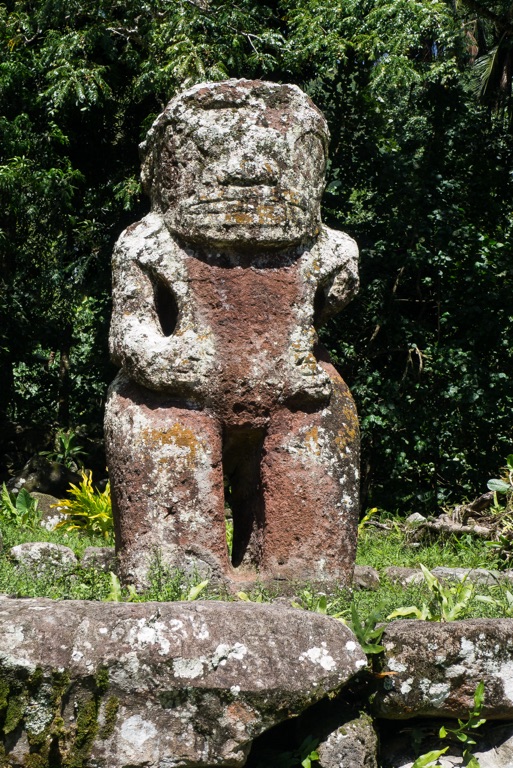
The Tiki Statues of Hiva Oa
The Marquesas Islands, located in the Pacific Ocean, are part of French Polynesia. Among these islands, Hiva Oa stands out for its archaeological significance, particularly due to the presence of ancient tiki statues. These statues offer a window into the pre-European culture of the Marquesan people, providing insights into their religious beliefs, social structure, and artistic practices.

